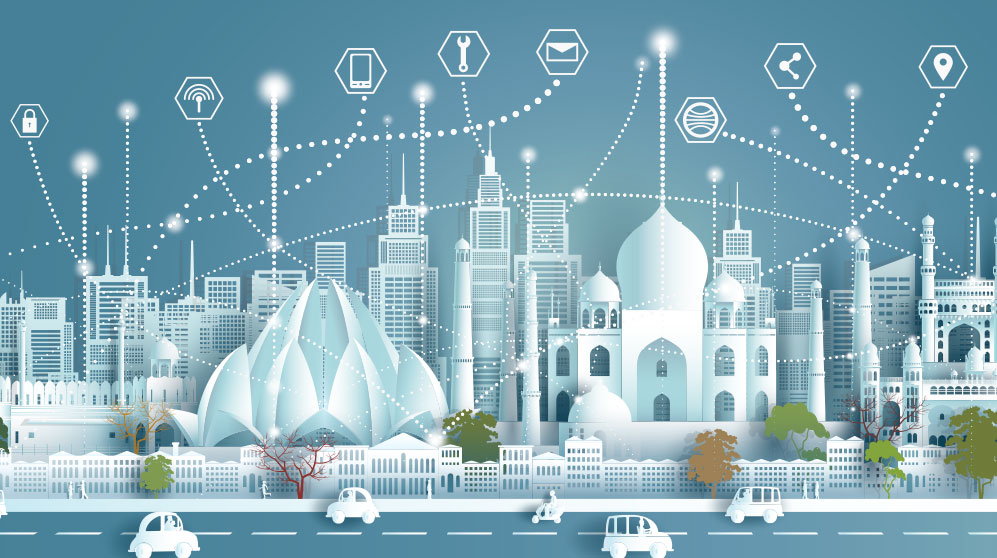India Planted an Innovation Economy—Now It’s Blooming
• 2 min read
- Brief: Alternative Investments

Get the latest in Research & Insights
Sign up to receive an email summary of new articles posted to AMG Research & Insights.

Innovation has a history of shaping economic growth. The opposite can be true as well. Just look at India, which is emerging as a global economic driver with a rising center of innovation with long-term growth potential.
With 1.4 billion people, India has surpassed China as the world’s most populous country and benefits from alluring demographics that bode well for future economic growth. The median age is 29 years old, with nearly 43% of the population under age 25. The World Bank estimates that India’s GDP grew at 6.7% in 2023 and forecasts 2024 and 2025 to be 6.5% annually. The country’s nominal GDP has grown by 60% since 2016.
Politically, experts expect stability in India. Prime Minister Narendra Modi remains popular and focused on economic reforms, despite criticism that he is trying to remake India’s secular republic into a majoritarian Hindu state. His government is pursuing key initiatives in a national digital-payments system, a new nationwide tax system and simplified labor laws. Although India remains a largely impoverished nation, its higher education system is remarkably strong, with over 1,000 universities and more than 42,000 colleges.
Physical infrastructure has been a historic problem for India, but government spending on railways, roads and highways has quadrupled as a percent of GDP since 2016. The growth is visible: eight cities had commuter rail systems in 2016 and today it’s 15.
Digital infrastructure is a different story. It’s a prominent, growing feature of life. Nearly one in two Indians now use the internet. By comparison, China reached that level in 2015 and the United States in 2000. India also has the highest mobile data traffic of any country in the world, exceeding 80 gigabits per month. With technology expanding the reach of financial services, mobile payments are expected to exceed $800 billion in India in 2024. In many ways, India is leapfrogging developed nations in its mobile-first applications.
Bottom line – Venture capitalists think India has tremendous growth potential and investment opportunities to match. Entrepreneurs are leveraging technology to address financial services, logistics, commerce, industrial efficiency and security needs. Solutions to India’s problems might also prove to have a global reach.
HOW AMG CAN HELP
Not a client? Find out more about AMG’s Personal Financial Management (PFM) or to book a free consultation call 303-486-1475 or email us the best day and time to reach you.
This information is for general information use only. It is not tailored to any specific situation, is not intended to be investment, tax, financial, legal, or other advice and should not be relied on as such. AMG’s opinions are subject to change without notice, and this report may not be updated to reflect changes in opinion. Forecasts, estimates, and certain other information contained herein are based on proprietary research and should not be considered investment advice or a recommendation to buy, sell or hold any particular security, strategy, or investment product.
Get the latest in Research & Insights
Sign up to receive a weekly email summary of new articles posted to AMG Research & Insights.




